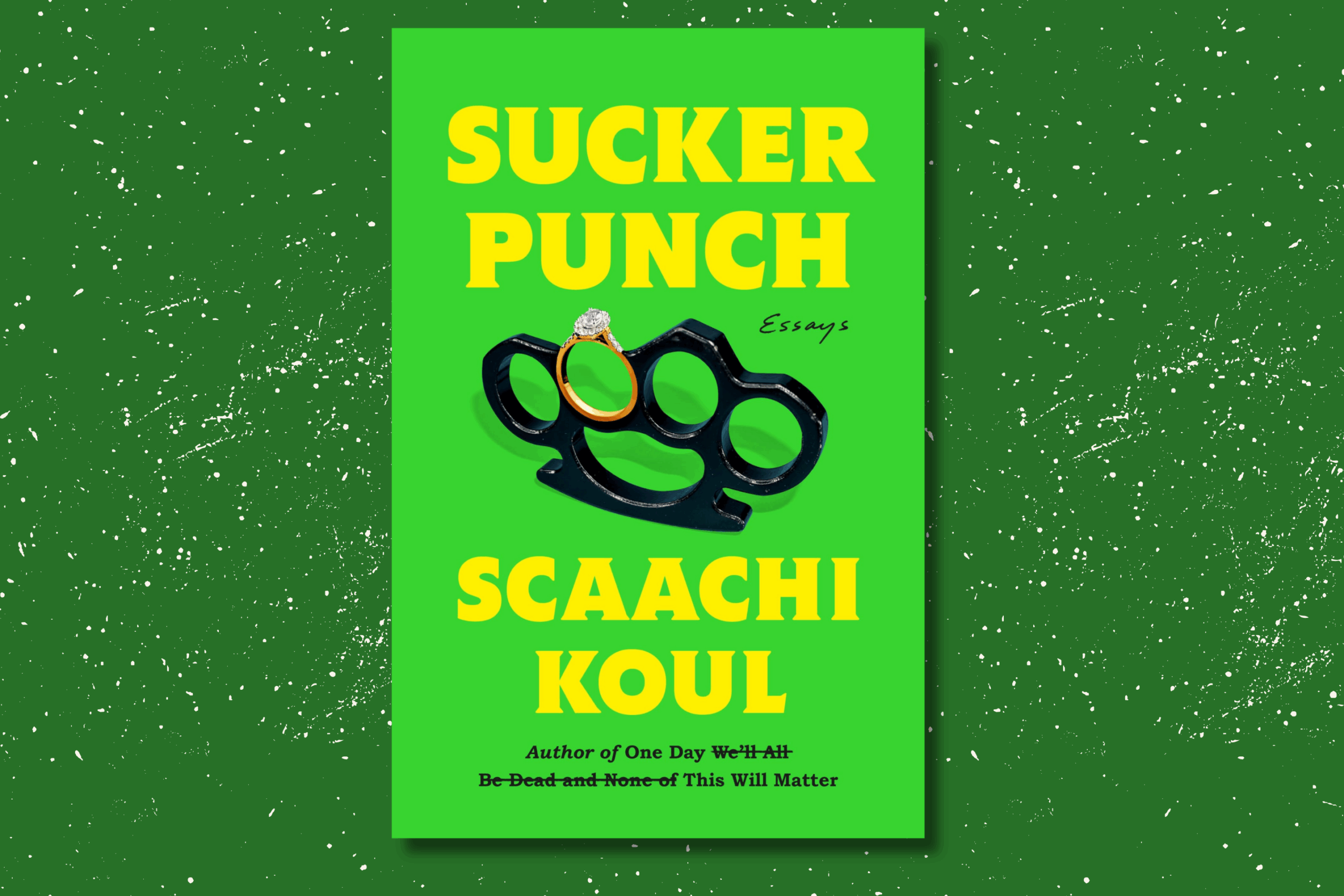Métis artist, Sheri Osden Nault, talks about what it means to be an Indigenous and non-binary artist
By, Reema Najjar
Sheri Osden Nault with their art piece, named “miina kawapamitin” (until we meet again, in Michif). (Courtesy Tina Bararian).
Sheri Osden Nault, a queer, Métis/Michif artist breaks the binary with their artwork.
Through artistic forms such as beading, poetry and sculpting, They speak volumes about the beauty of Indigenous communities and the experience in self-identity. Based in Toronto, Ont., Nault remained connected to their Indigeneity by finding a community in the Indigenous arts sphere.
“I was not someone who had a settlement community around me,” said Nault. But moving to Banff, Alta., and doing a mentorship program enabled them to learn, grow and come to terms with their identity.
“One of the people I got to work with was Angela Schenstead. She was a mentor to me who was more white-passing and helped me come to terms with being white-passing and Indigenous.”
Nault’s artwork focuses on hybrid combinations of both nature and human characteristics, implementing materials like tree branches with hair in their artwork to represent breaking the gender binary.
“Creating art as a means to communicate different feelings, and understanding of the world,” said Nault.
With their artistic inspiration rooted directly from collecting materials of nature, Nault incorporates environmentally-minded practices, such as reusing waste, within their art. They cohabitate and bring materials into their space and observe how materials “speak to them.”
“I am not interested in cutting down a tree that I think is going to make a good sculpture unless there is a very meaningful reason as to why that tree should be cut down,” said Nault.
Some of Nault’s best experiences came from working with Métis curators such as Jessie Short and Amy Malbeuf in exhibitions like “Li Salay.” The visibility of their artwork within these exhibitions allowed the artist a moment of reflection, inserting themselves into their own piece. The ability to allow other Indigenous people to reflect on their identity was also an encouraging part of the exhibition. It was their first chance for others to observe their artwork within similar contexts.
“It was an opportunity outside of personal conversations with Jessie Short to see what my work had to say in a larger Métis conversation..seeing an article written by Missy Leblanc talked about
entering the exhibition and seeing my work, the emotions she felt, and how that reflected metis identity for her, ” explained Nault.
This piece is named “Sovereign Body 001,” utilizing human and nature to represent the combination of gender expression and fluidity. (Courtesy/Roya Del Sol)
“What does it mean to be in between? And how can I understand that more? The work itself asks those questions without knowing how to answer them.”
This piece is named “Hold” shown in the group exhibition “Where the Shoreline Meets the Water” curated by Dallas Fellini, encompassing the idea of skin and wood, to represent the combination of gender identity. ( Courtesy/Roya Del Sol)
Within their art, Nault also focuses on Indigenous activism. They were involved in the Wet’suwet’en protest against the RCMP invasion for the second time, where Indigenous individuals were being arrested for their efforts in blocking the railroad at protests.
Although Nault was dealing with physical health changes and felt it was unsafe to be at protests, they found another way to contribute.
“I made t-shirt designs that say ‘Disrupt Settler Colonialism’ and a mini-zine that is an intro piece on what colonialism is,” they said. “I was selling pre-orders, and raising nearly three-thousand dollars at the end, actively directing it where it most needed at the time, towards legal support”
Their creation of artwork is a means of communication, enabling them to enter into dialogue with other Indigenous people. They note that with the conversations that derive from these experiences, it creates the potential for healing.
“When I’m making the work, I am absolutely putting my feelings about who I am and my experience of the world into the creation of it,” adds Nault.
As the future looks unpredictable as of now, Nault plans on resting for the few months of pandemic life and tackling half-finished projects. Throughout the ongoing COVID-19 pandemic, Nault stressed the importance of “simply existing.” They, however, were still able to find inspiration during these times, taking up art that further expresses their Métis heritage.
They adopted a new form of sculpting, incorporating a newfound creative practice they’ve been using during the time spent in quarantine.
“I’ve become a better beader, I wouldn’t be able to confidently say that last year, it is a way to incorporate [beading] within my sculptures, the beads are significant to Métis and Indigenous [culture],” added Nault.
Upcoming projects are also on their agenda, but everything is a mystery as they wait to see how COVID-19 develops.
“Currently I have one physical art gallery lined up for 2021 in the spring. It’s going to be one of the first times I am going to be showing my more informal works in a gallery space,” said Nault.
“I am hoping to be involved in a performance art project that is going to take place in Fall 2021. As well, an art show in Winnipeg in 2022.”







